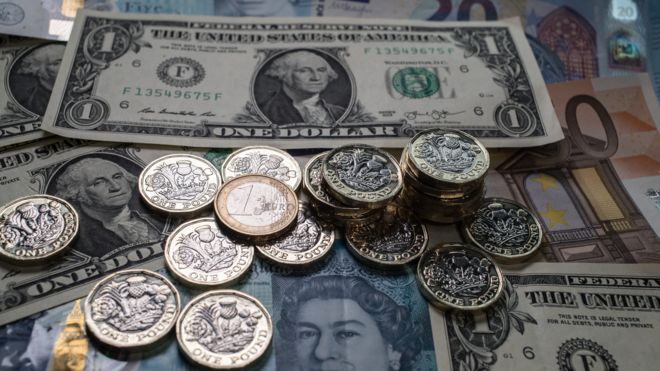It was quite a steady week for Sterling exchange rates with GBPEUR hitting 1.19 on Wednesday, and GBPUSD hitting 1.21 on the same day. The strength in Sterling was very quickly put to bed by Friday after UK data releases which caused Sterling to hit 1.17 against the Euro and 1.18 against the Dollar.
With rapidly rising inflation in the UK, it is no secret that the Bank of England will have to continue down the path of more interest rate hikes through the rest of 2022, right now the market is pricing in 3 50bps hikes by December. The main problem though is how slow the BoE acted in the first place, it seems Central Banks are now just playing “Catch up” to the markets and interest rate hikes do not seem to be having any or much affect on demand. We have seen house prices begin to fall ever so slightly in the UK due to the cost of borrowing on the rise, but time will tell if this has any lasting effect.
The UK Government will have no choice but to intervene with fiscal policy measures in the Autumn, the only thing slowing this decision down is the leadership contest- once this has been resolved within a couple of weeks, the new PM will have a big task on their hands, and it does still seem like Liz Truss will win this contest and will be guiding the UK on battling inflation.
One other factor in the UK which may be being overlooked is the number of strikes we are seeing, especially across the rail networks- this is stopping people from getting into work, and consequently spending while they are out, as some strikes are also falling on the weekends this will undoubtedly have an impact on spending- consumer confidence is already low, this will just amplify it more.
The Fed are usually seen as the Central bank as the one to watch to get an idea of what others may do, it now seems the BoE will have to “out-hike” the Fed into this recession, and usually, this would be good for Sterling, however, if I am weighing everything up, I am expecting GBPUSD exchange rates to remain low.
